By Sam Griffith
A lot of times in jazz we need to remove ourselves and look at the bigger artistic picture of what is happening when we are playing a jazz song. The deeper we get into studying harmony, rhythm, form, memorizing standards, etc.., the easier it is for us to lose track of the big picture. What is the big picture?
In most cases, this is the journey we take from the beginning of a song to the end. Frequently these journeys will take several minutes and MANY choruses. Remembering that ahead of time can help you develop a plan for what you will do for different soloists or what you will do for the first chorus (as opposed to the last).
I mention this, because over the last week I’ve seen too many pianists sight-read tunes and attempt voicings that are either too difficult for them or have have no place in the first chorus of any solo (even their own!)
Two Note Voicings Options
A lot of beginning pianists have bad tendencies when it comes determining their voicings on the first chorus of a tune. I see a lot of pianists who either play the same triad in both hands (i.e. for a C Major 7th Chord they play C-E-G in both hands) OR they use a “stock” open or closed voicing (NOTHING wrong with this BUT if this is the voicing you are comfortable with, what are you gonna do to change it up later on?). For the first chorus of a solo (even yours!) lets simplify and use a two-note voicing.
(Note: Do you want to start learning more about jazz piano in a way that’s organized and structured? Are you looking for a starting point? If so, check out our FREE beginner guidebook to get the scoop!)
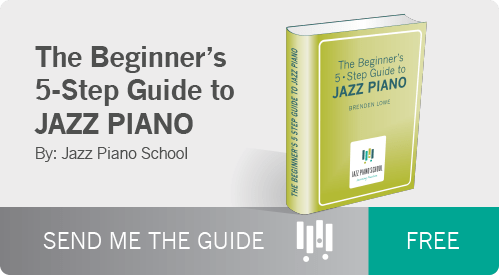
If we are limiting ourselves to only two notes in the left hand, we have 3 good options (and a lot of bad ones).
Option #1: Root-3rd
Option #2: Root-7th
Option #3: 3rd-7th
The first two options are the most grounded since they give us the root. If you have a fundamentally sound bass player, you can probably get away with Option #3. If not, its probably best to stick with one of the first two options. You’ll also probably notice that Optioin #1-2 would be the same left hand notes for many open voicings. This should (fingers crossed!) make applying this idea even easier.
When you are first experimenting with using 2 notes voicings, you should observe how greatly the musical texture changes. Instantly, we have a much thinner texture than we would have if we were using more notes. This is perfect for the first chorus of any solo! Now, as the solo progress and builds, you can add in more notes and utilize thicker voicings. By starting from this simpler place, we can more effectively create a musical journey, instead of just hammering through the same voicings for 18 choruses.
Sight-Reading
Another benefit of using simple two-note chords is that they decrease the chances of you screwing up complex chords when sight-reading. If you are looking at a set of chord changes for the first time and you are swamped with a ton of altered dominant chords, then simplify! Just use Root-7th voicings for a chorus or two while you continue to decipher what is happening. Frequently in situations where there are complex chords, the soloists want to take full advantage of their weirdness. By playing these small shell voicings, you decrease the chances of you playing chord tones that they might be altering/ignoring/screwing up. After a chorus or two, when everybody is settled, then go ahead and voice out the full chord.
Bud Powell
Bud Powell is a master of using two note voicings in his left hand. Check out this video
[x_video_embed][/x_video_embed]
When his solo begins at 0:53, check out how the texture thins out in large part because Bud is using two-note (and a few three-note) voicings. We don’t lose much harmonic information, because a lot of that is typically covered in the soloists ideas. This is a fantastic example of using a variety of comping methods to develop a solo.
The last chorus of Bud’s solo (4:21) he utilizes bigger blocked chords, an AWESOME contrast from his previous ideas that used these smaller voicings.
In conclusion, consider the value of using two-note chords as a starting place for comping during the first chorus of a solo. They can help contribute to a soloists development just through thinning out the texture early, and the building it with the soloist. This makes for a delightful musical journey.
For more about Sam, visit his webpage ( www.samuelgriffith.com) and his jazz blog ( www.dizzylandjazz.com ).
(Note: Don’t forget your FREE copy of the beginner guidebook! This is a great opportunity if you want to start learning jazz piano.)



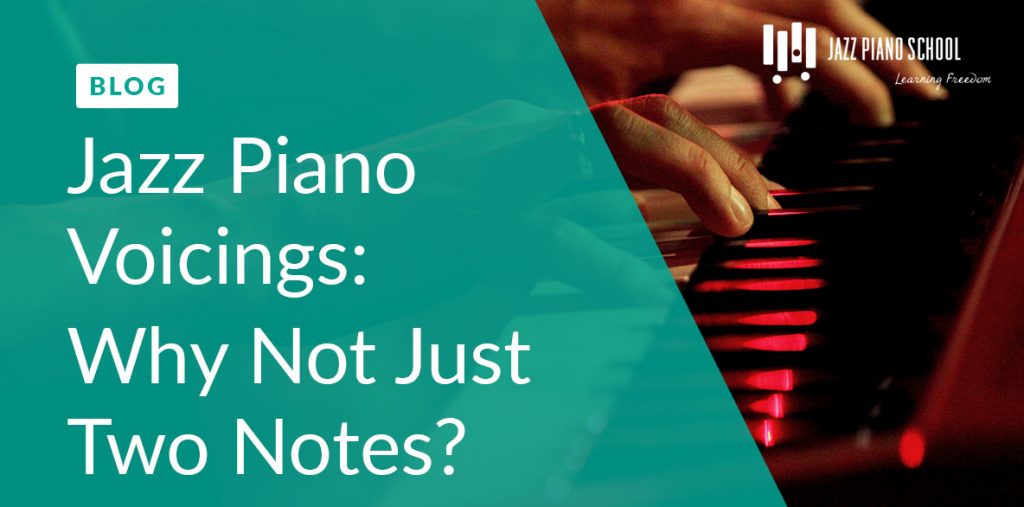




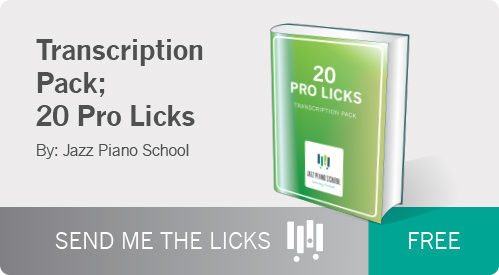
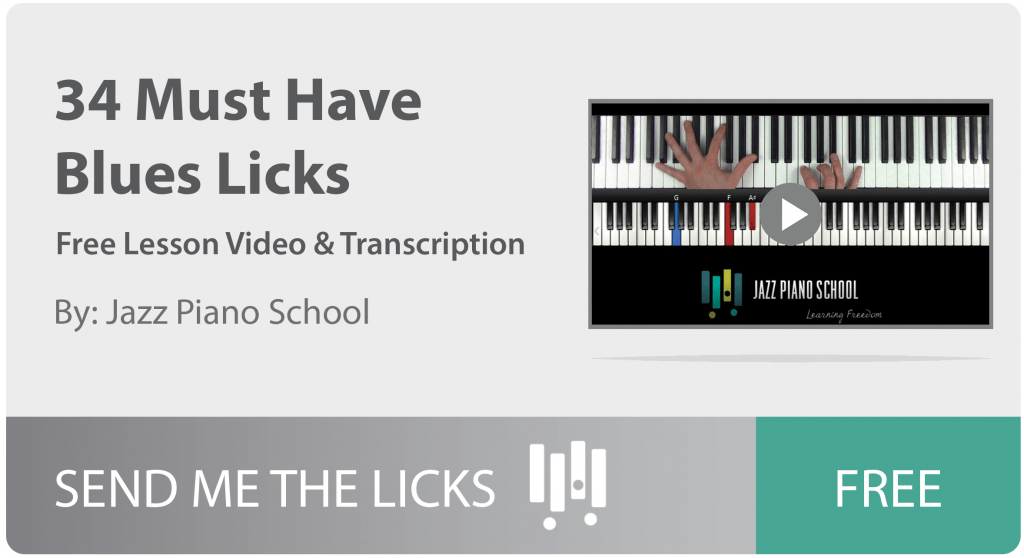
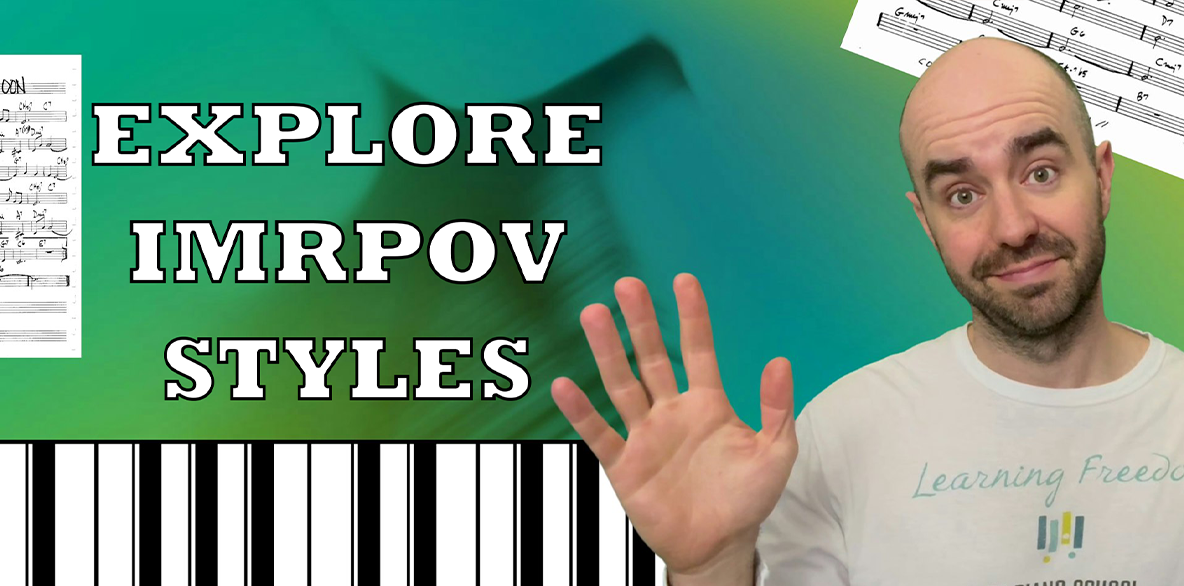

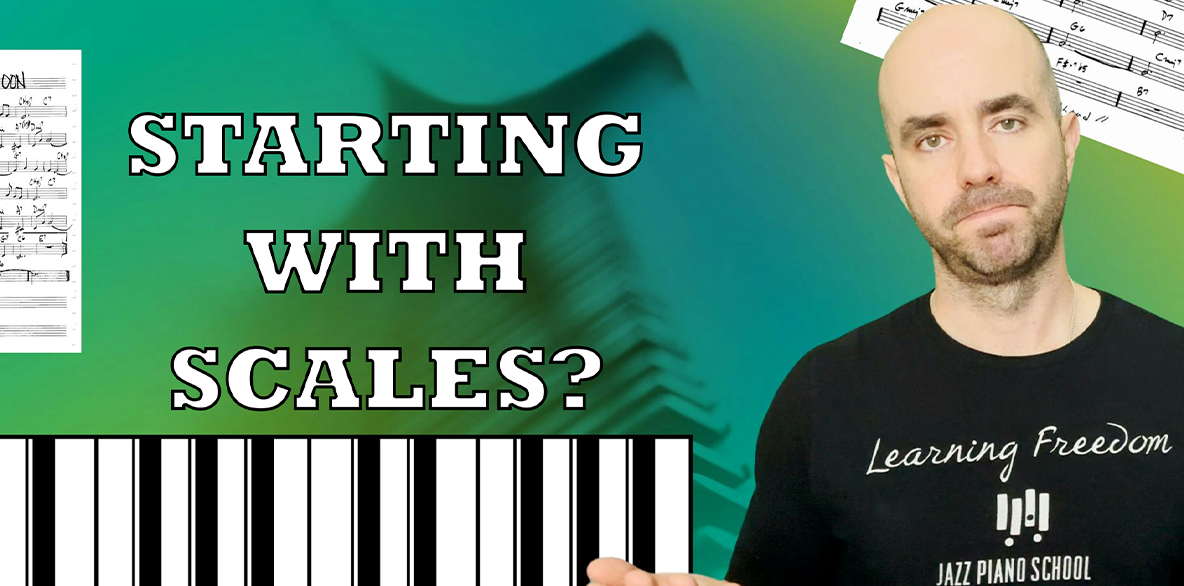
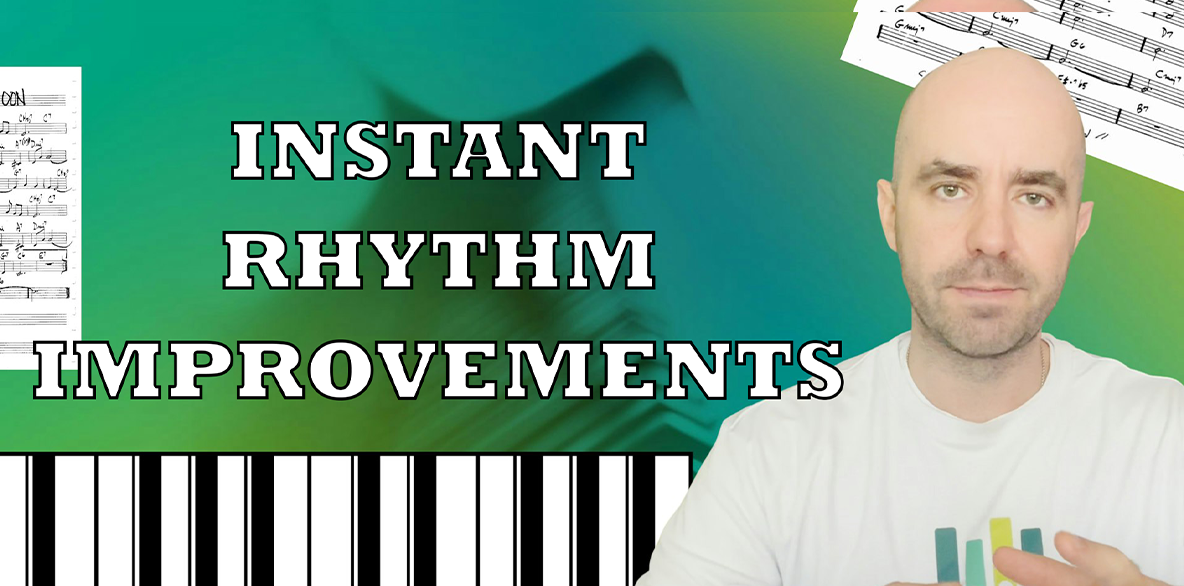
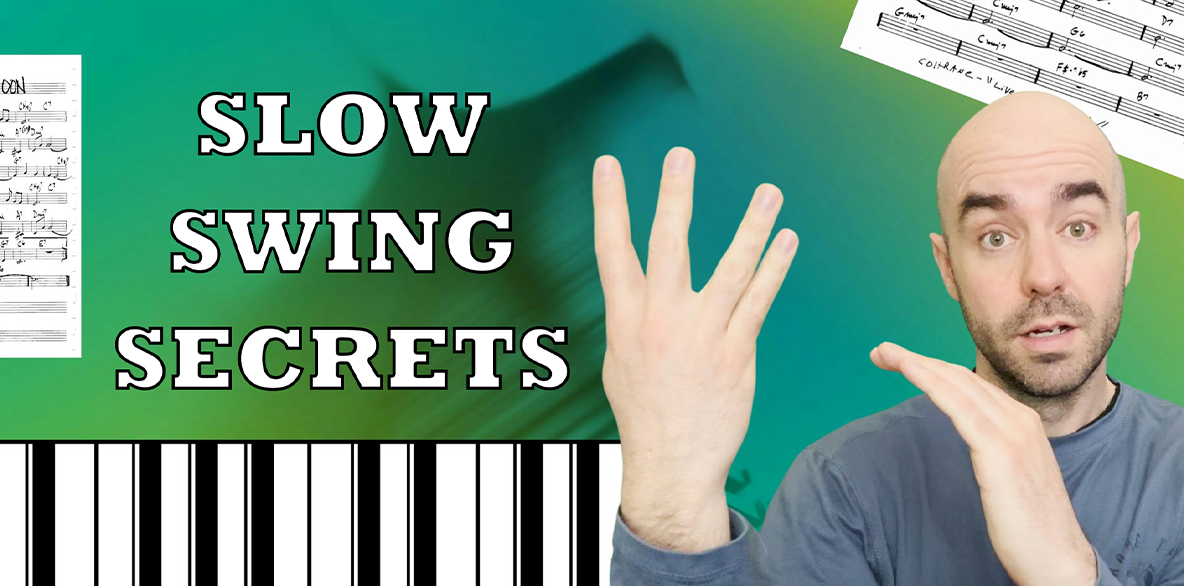

One Response
Where have you been all of my life? I never heard the word shell and so many of your concepts and I can hardly wait to learn all there is to learn. I got the free access book and it is so small, since I was expecting a bigger one. I know all my scales, inversions, voicings, but need help with rhythms and structure. Shall I just get the beginner thing and start with that?